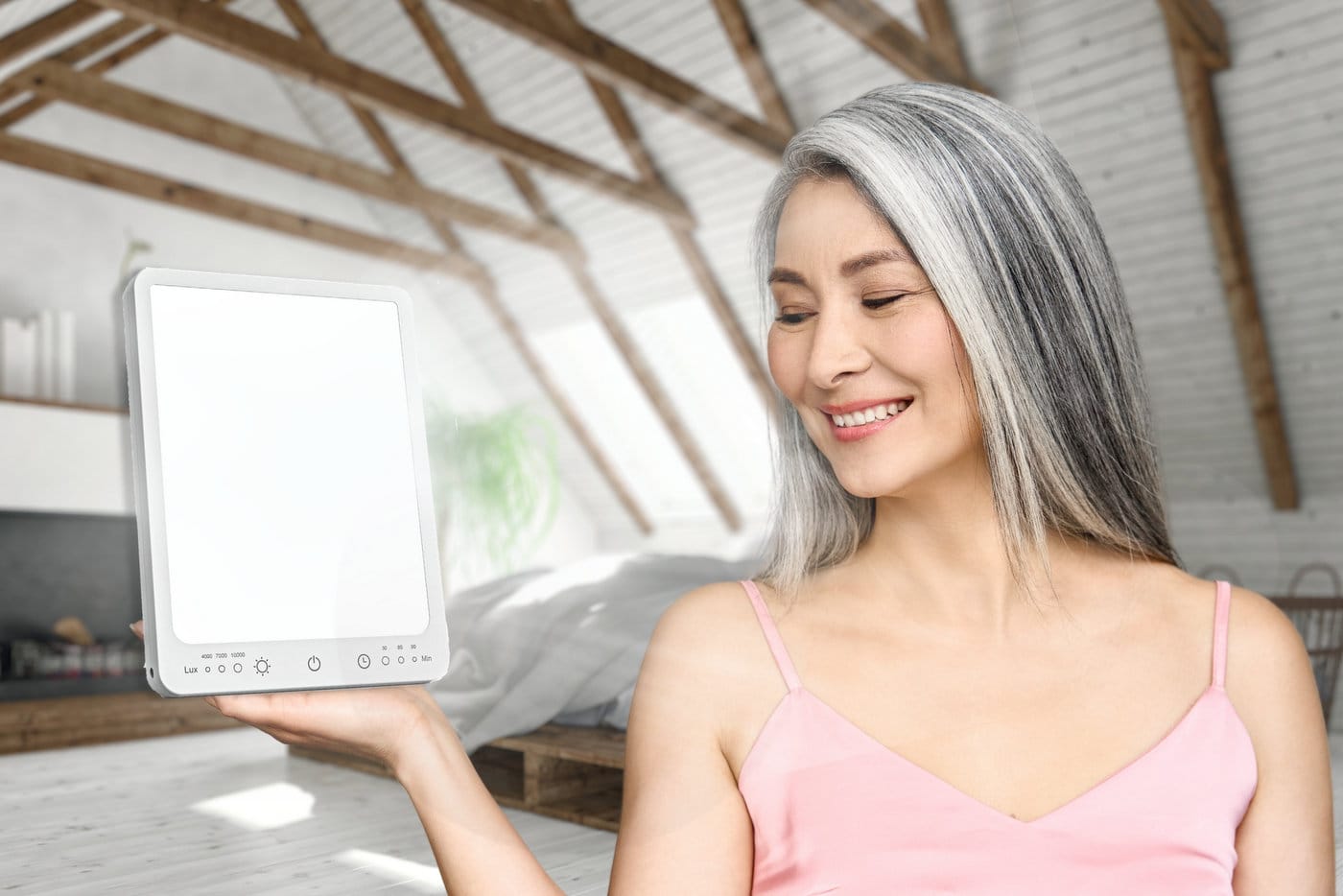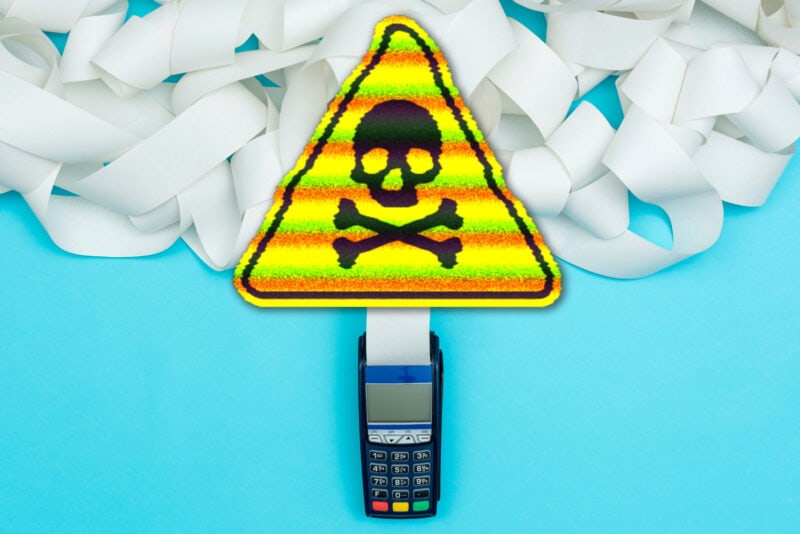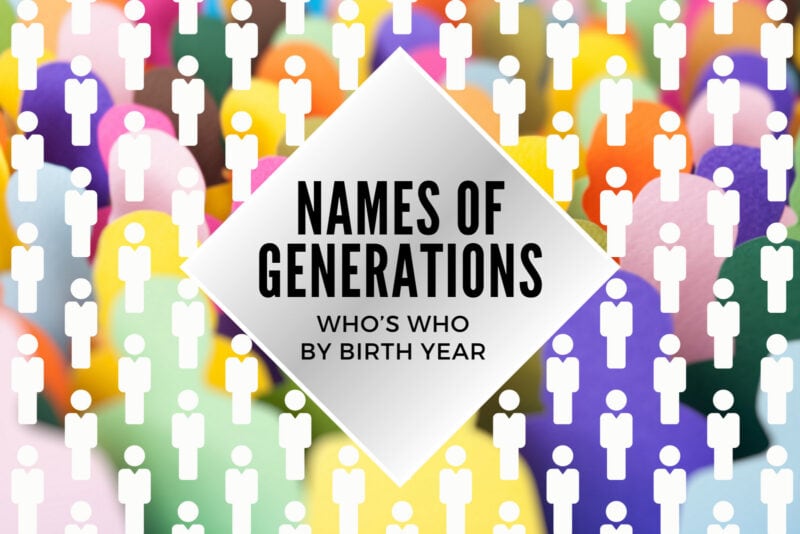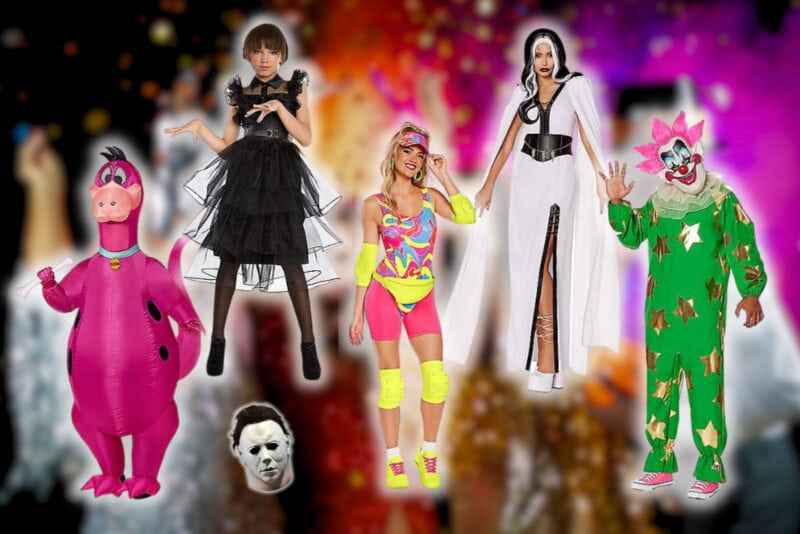Does wintertime make you feel like you’re channeling The Smiths — “What Difference Does It Make?” Well, you’re not the only one mumbling depressing song lyrics under your breath.
As Gen Xers enter the winters of our discontent (or, hell, just regular winter) some of us start feeling a specific kind of low. No, it’s not just flannel shirts, or for Morrissey’s dulcet tones. Actually, winter depression accounts for around 10% of major depression cases.
So what’s the deal with SAD winter depression symptoms?
Seasonal affective disorder (the aptly-named SAD), is depression that plays by the calendar. The winter edition generally shows up in the fall, and says “peace out” in the spring.
Specifically, the American Psychiatric Association notes, “The most difficult months for people with SAD in the United States tend to be January and February. While it is much less common, some people experience SAD in the summer.” (Fall-onset SAD is also called “winter depression,” while the spring-onset version is known as “summer depression.”)
SAD winter depression symptoms? Well, they’re not just about “feeling blue.” You might find yourself fatigued, irritable, and avoiding social scenes. Physical signs might include the urge to sleep and eat more than usual.
Research shows that SAD often runs in families, and could hit harder in those northern latitudes, where winter days are short and dark. Sound familiar?
Light and SAD: What’s the connection?
We all know that the shorter days of winter can be a bummer, but when it’s more than that, what’s the deal? While it’s still a hot topic of debate, The Harvard Mental Health Letter sheds some light on a few theories that suggest why light, or lack thereof, might be linked to SAD:
- Dimmed mood: Indoor lighting just doesn’t cut it for some of us, especially if you have SAD.
- Circadian confusion: The lack of light could mess with our biological clocks. That’s not fun for anyone, right?
- Chemical chaos: Serotonin and dopamine, the mood guys in our brains, might get knocked out of balance without enough light.
The Center for Environmental Therapeutics (CET) has done a nice job of summarizing the discovery of light therapy and its applications, noting that it’s one of the rare treatments that developed directly out of basic research in neurobiology. (Want to find out more? Check out their whole post here.)
Easy first things to try to get more rays
These simple daily tweaks to your routine might not cure SAD, but could offer some relief.
- Go outside: Seriously, an hour’s walk in natural winter light can be as effective as sitting in front of a light box therapy lamp.
- Natural light hacks: Still have those old goth tendencies to shun the outdoors? Well, even just spending time inside near a window can help you feel better. Keep those bedroom curtains/blinds/beaded drapes open in the morning, and be sure your home and work area are well-lit with natural light throughout the day.
The Yale scoop on treating SAD effectively with light
Based on substantial research, the Yale School of Medicine Winter Depression Research Clinic (that sounds like a fun place to work!) recommends the use of a 10,000 lux light box as the standard treatment for SAD. Yup, that’s as bright as a sunny summer day. Here’s the nitty-gritty:
- Timing is key: Use the light for 30 minutes, preferably before 8 am. Consistency matters, so aim to do it seven days a week.
- Put it in the right place: Be sure to put the light therapy lamp in front of you, not to the side, to get equal amounts of brightness in both of your eyes.
- Look but don’t stare: Don’t stare at the light as if it was that girl in your high school who singed off her bangs with her curling iron. CET says to avoid staring directly into the light, but instead concentrate on reading, putting on makeup, eating or doing other stuff at the table in front of the lamp.
- Lux and duration: A 30-minute session at 10,000 lux is equivalent to spending an hour at 5,000 lux. Always consult the manufacturer’s guidelines for the right distance from the lightbox. (The experts at Yale say that there are free apps for your Android or iPhone that can measure the intensity of light in units of lux by using the front-facing camera on the phone.)
- Skip the full-spectrum bulbs: Contrary to popular belief, full-spectrum bulbs haven’t been proven effective for SAD. It turns out that it’s specific parts of the light spectrum that do the heavy lifting, not the full range.
- Don’t cut corners: Commit to the full treatment for at least 3 weeks. Adjustments can be made after you get a good response.
The Yale School of Medicine Psychiatry Department is also careful to note: “[W]e emphasize that light treatment must be done only under the supervision of a clinician qualified to treat mood disorders.
After you & your doc decide to go into the light
Here’s something for us late-risers: If you’re struggling to get treatment in before 8 am, you might find it becomes easier as you continue with the therapy. People generally start seeing results within a week, but the full effect can take 3 to 6 weeks. So, if you’re not an early bird, this treatment might just turn you into one.
For those of us juggling busy morning schedules, be aware that a smaller and dimmer sun lamp may not be practical or effective — not to mention that they need you to sit thisclose, thereby limiting your mobility. On the other hand, larger, brighter boxes are more forgiving and convenient.
Lastly, seasonal needs vary. Some people start treatment in early fall, while others begin later. Still, about 80% of SAD sufferers benefit substantially from this light treatment.
Other options for feeling better (besides light)
If you’ve tried light therapy and aren’t convinced, or if you’re just looking for more tools to add to your winter wellness kit, these options offer different paths to the same goal: making winter a bit more bearable.
Sunlight isn’t the only game in town. According to Yale’s Winter Depression Clinic there are other viable treatments for those who don’t find relief with light therapy.
- Pharmacological fixes: If light therapy doesn’t do the trick, antidepressants might, so talk to your favorite legal prescription writer. The Yale team said that Bupropion (like Wellbutrin XL), or SSRIs such as sertraline (Zoloft) or escitalopram (Lexapro) are often helpful. Some folks even prefer the pill route to light boxes. You do you!
- St John’s Wort: a flowering plant that contains active ingredients that some people find effective for treating depression — might be worth a try if you’re feeling stuck. After you get the go-ahead from your doctor (it can cause bigtime interactions with other meds, so play it safe) this herbal supplement is easy to find at drugstores and sites like Amazon.
- Other helps: Cognitive behavioral therapy (CBT) or talk therapy with a mental health counselor can help with depression.
So, whether you’ve got the winter blues or something more, we’ve got options, fellow Gen Xers, ’cause it does make a difference. So remember: There’s light (natural or artificial) at the end of the tunnel… and it never goes out.
















